
In this Life Science unit, Kindergartners explore plants and what they need to live and grow. This page is a high-level extract of lesson four in which students make models of adult sunflower plants to explore how plants have different parts that help them get what they need to grow.

In the second unit of Kindergarten, students explore living things and discover what plants and animals need to survive. This page provides a snapshot of lesson five which has students conducting a class experiment with bean plants to observe what they need to live and grow.

In this unit, students are introduced to living things on Earth. They begin by exploring the differences between living and nonliving things and then investigate what plants and animals need to survive by watching bean plants grow and observing a cricket in its habitat. They then create a model to show how living things depend on other living things and their environment to survive, and can change their environment to help them get what they need.
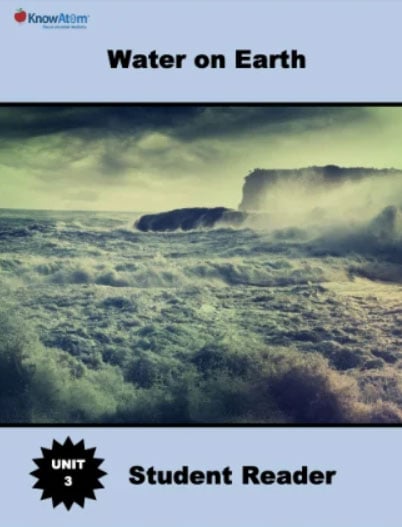
In this unit, students analyze the science phenomena of the important role that oceans play in regulating Earth’s climate. In this lesson, they focus on how oceans interact with other Earth systems to distribute water and heat around the planet, resulting in various weather patterns, including hurricanes. This page highlights key components of this lesson.

In this unit, students explore science phenomena related to patterns that result from Earth’s rotation and the moon’s orbit around the sun. This page provides a brief overview of lesson two of this unit, in which students conduct two investigations and use the patterns they discover to make predictions about the future positions of the sun, moon, and stars in the sky. In the first investigation, students observe the sun’s position in the sky at different times of day, drawing a diagram (model) of the sun’s position above the horizon. In the second investigation, students use a sundial model to explore the relationship between the sun’s position and the length of shadows.
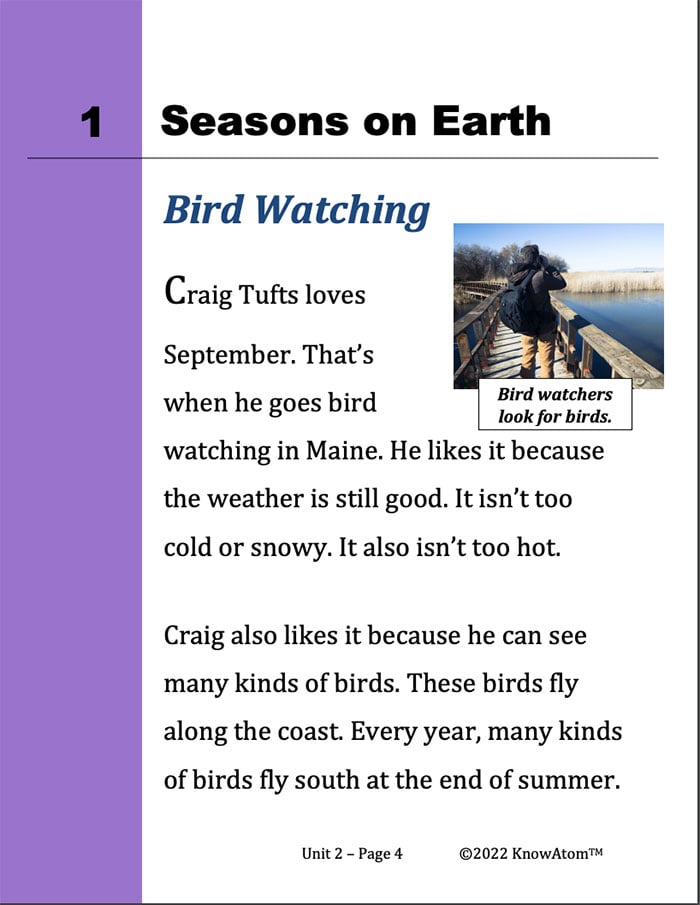
In this unit, students investigate the science phenomena of seasonal patterns and water cycles. Once students have analyzed how seasonal patterns of sunrise and sunset can be observed and predicted, they focus on seasonal temperature and rainfall patterns. They investigate temperature patterns of a specific location throughout the year.
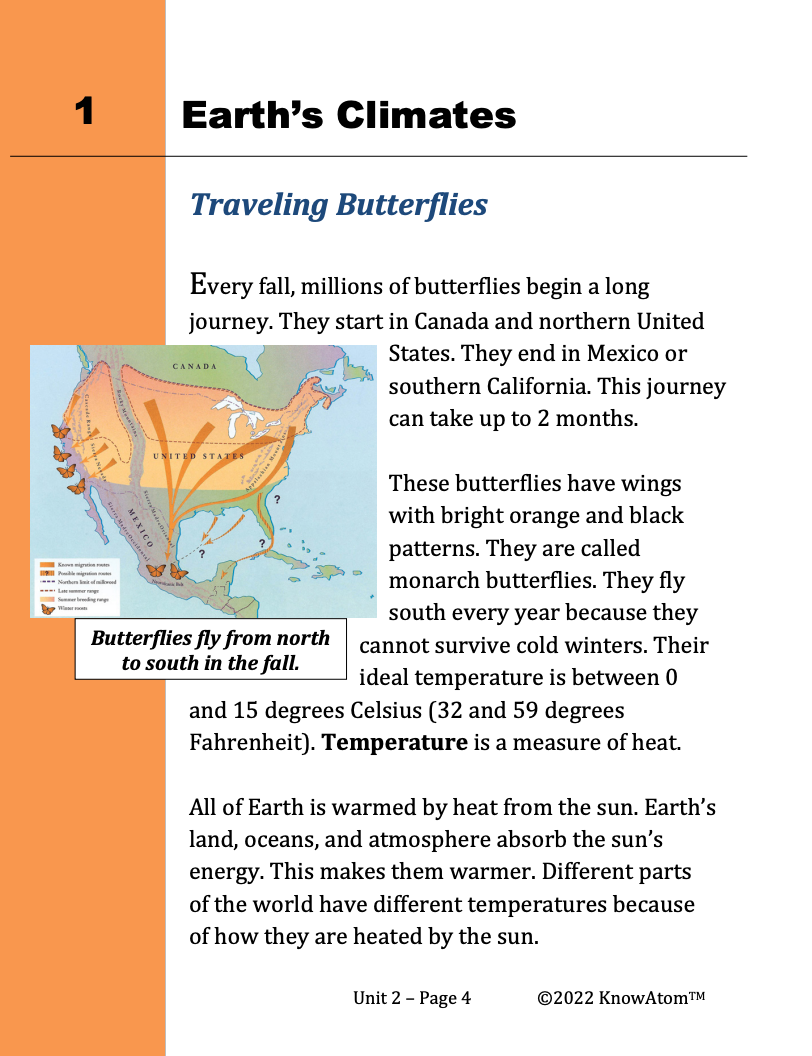
In this unit, students explore the science phenomena of Earth’s weather system and analyze how heat from the sun warms Earth’s surface unevenly, powering the water cycle, which in turn drives weather and climate on the planet. Students create weather instruments to collect and analyze daily weather data.
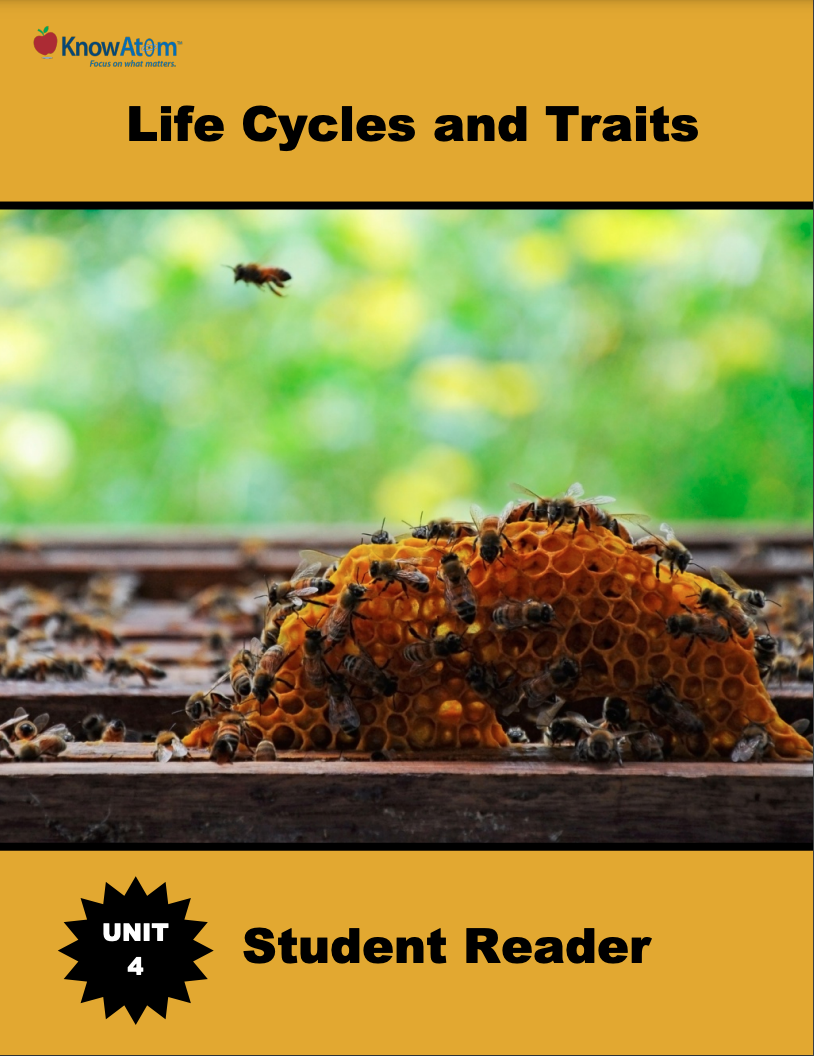
In this unit, students focus on individual organisms, analyzing the science phenomena of life cycles and the inheritance of traits. This lesson has students observing the patterns caused by the changes an organism goes through as it moves through its life cycle. This page is a high-level extract from the first lesson in this unit.
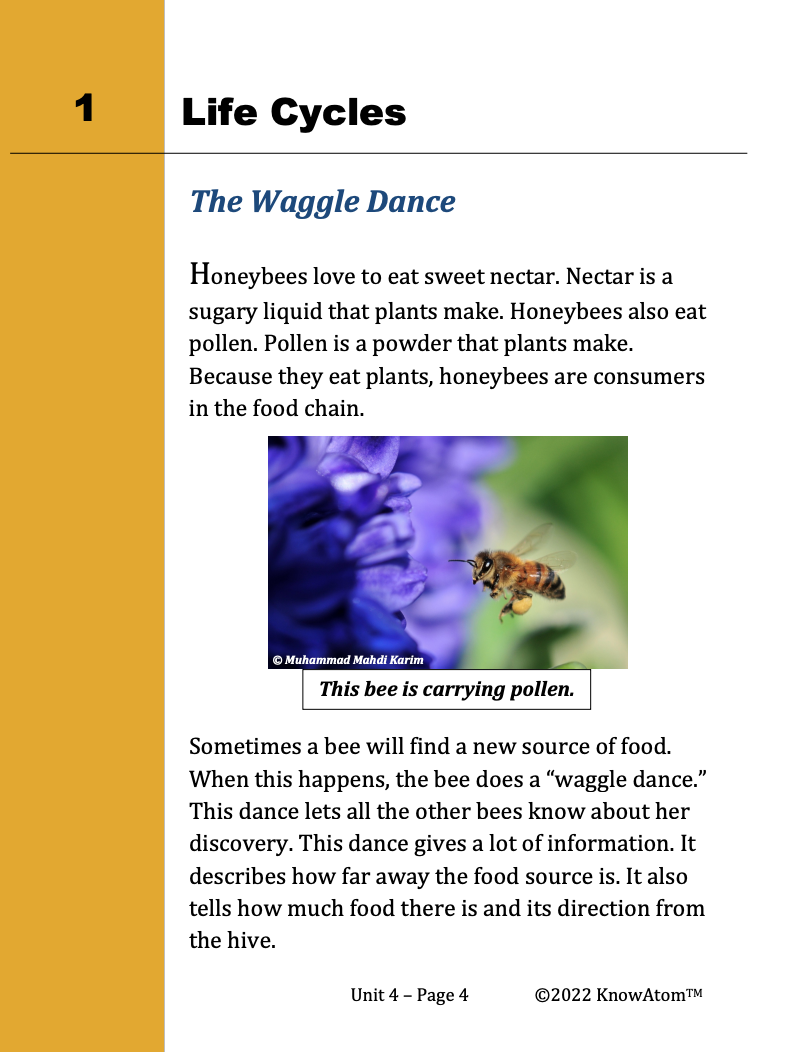
In this unit, students discover the life cycles of different organisms, tracing how individuals move from birth to growth, reproduction, and death. In this lesson, students analyze the science phenomena of how traits are passed down from parent to offspring. This page provides an overview of all the parts of this lesson.
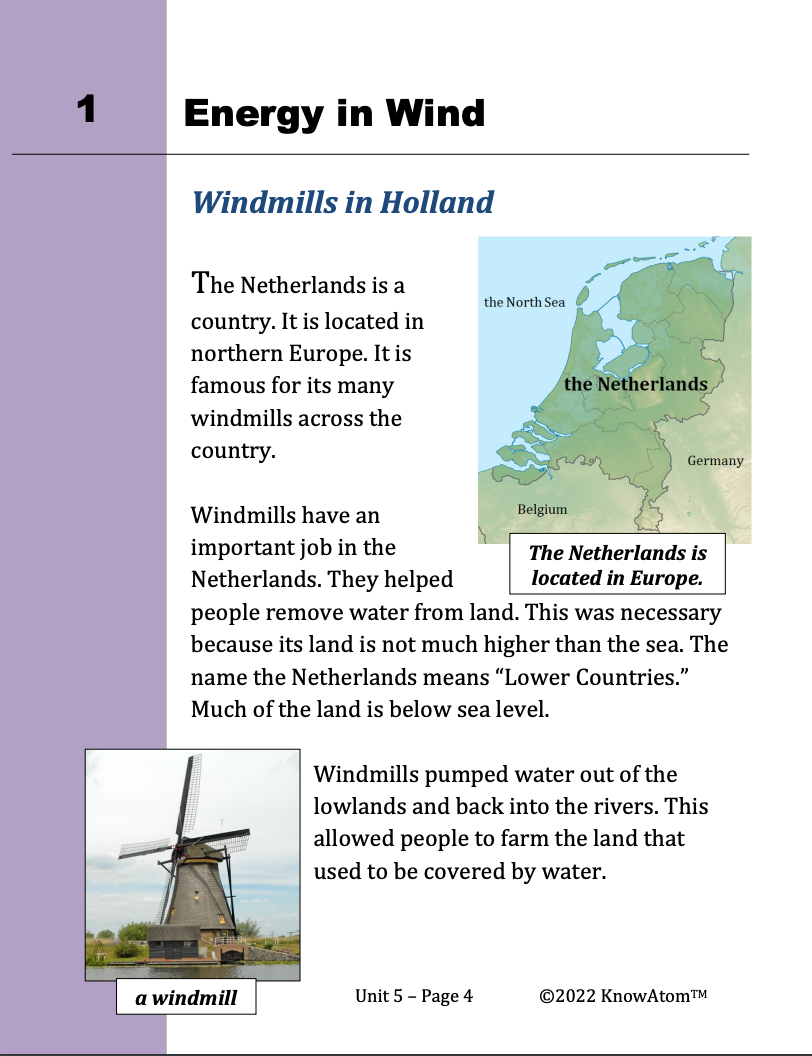
In this unit, students first use windmills to analyze how wind energy provides a force that causes windmills to turn. Then, in this lesson, they explore the science phenomenon of how patterns in motion can be used to predict future movements. This page provides a snapshot of key components of the lesson.
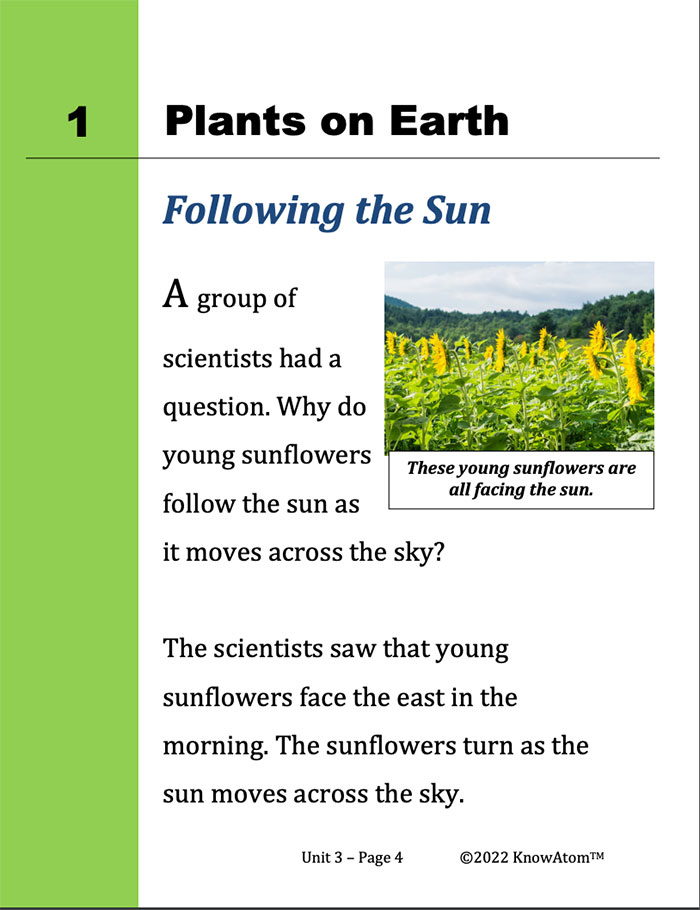
In this unit, students begin an exploration of life sciences. Once students have described the differences between living and nonliving things and analyzed what all living things need to survive, they focus on the parts of plants that help them get what they need to survive.
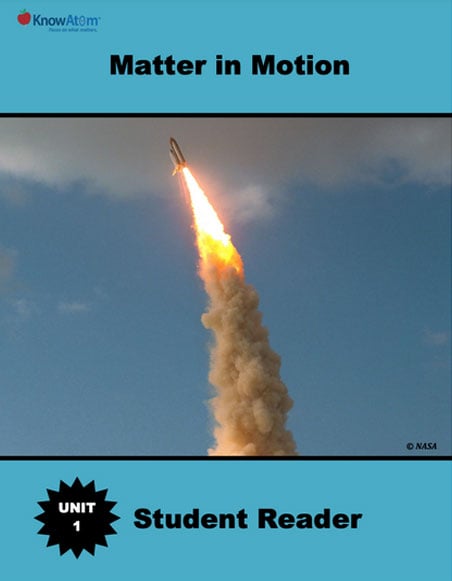
In this unit, students discuss how all matter in the universe is made up of different combinations of atoms formed from chemical reactions. They use scale models to compare properties of the sun, moon, and Earth, and then use that knowledge to analyze the science phenomena of how patterns are formed by the relative positions and movements of the sun, moon, and Earth. This page highlights key components of this lesson on patterns.
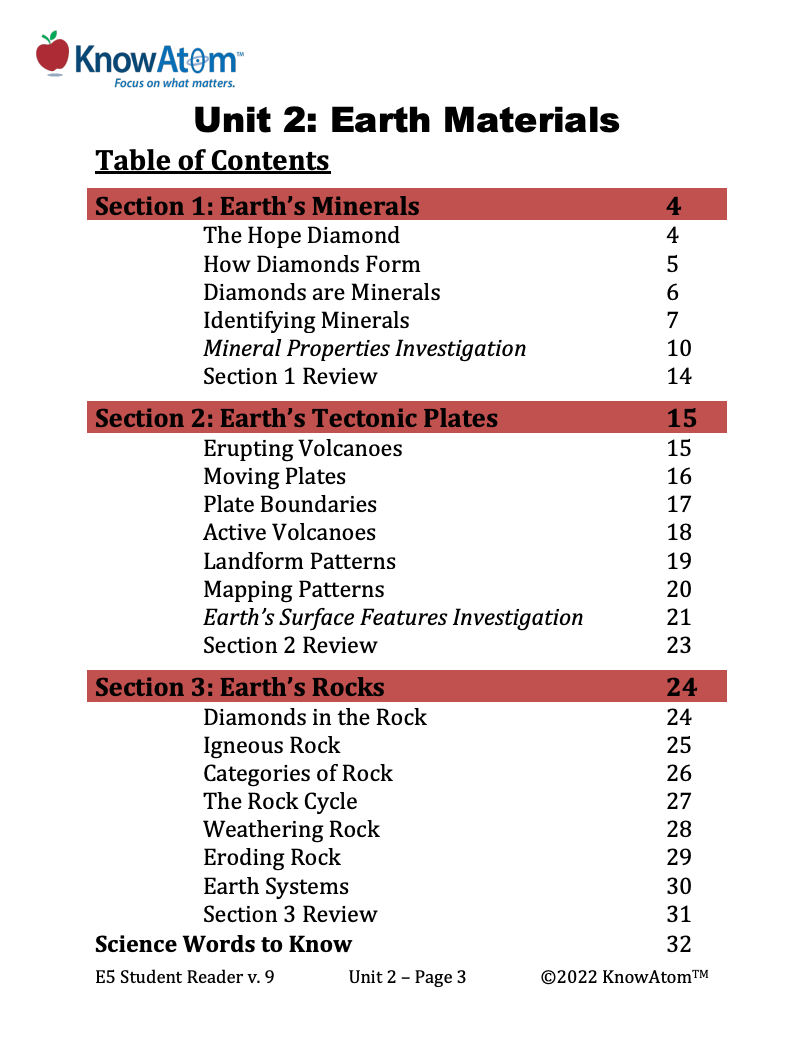
In this unit, students analyze the science phenomena of how elements make up minerals, which make up rocks. In this lesson, they explore geologic phenomena that cause Earth’s surface to change over time in predictable patterns. This page is an overview of this lesson.
Standards citation: NGSS Lead States. 2013. Next Generation Science Standards: For States, By States. Washington, DC: The National Academies Press. Neither WestEd nor the lead states and partners that developed the Next Generation Science Standards were involved in the production of this product, and do not endorse it.
